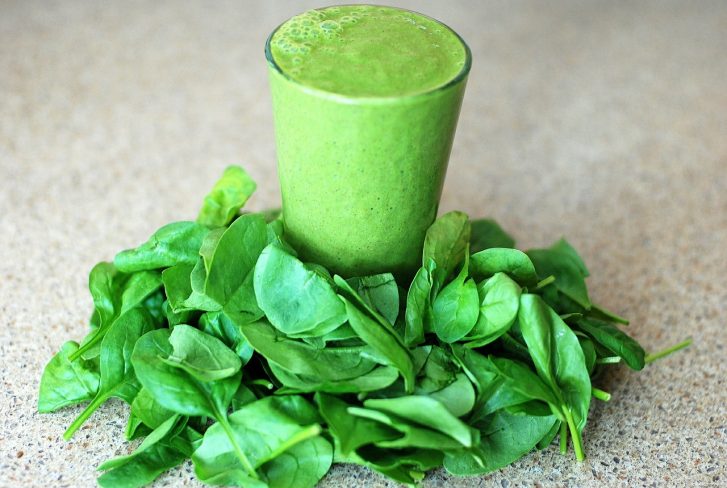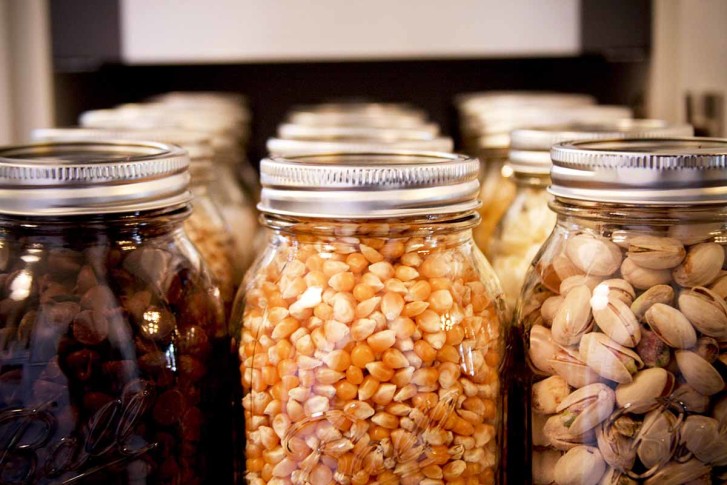Written by Sharing Sustainable Solutions
For beauty and good eating for years to come, plant a few blueberry bushes this spring.
Blueberries are easy-to-care-for, multiple-use plants which have a place in almost any-sized yard. They are attractive, well-behaved shrubs which are rarely bothered by insects or diseases. In the spring, they are covered with white, bell-shaped flowers. Between June and September, depending on variety, mature plants produce lots of delicious berries. Then in the fall, the leaves turn a sensuous scarlet. Blueberry bushes are widely available in local nurseries and are frequently planted solely for their landscape rather than for their food value.
Blueberries grow wild over the eastern United States. In Connecticut, we’ve found the low-bush type growing prolifically at the Branford shore and in New Haven’s West Rock State Park. They also do well high in the White Mountains of New Hampshire and in most of Maine. Our farm has many wild high-bush blueberries. All of these plants are loaded with small, flavorful berries. We also have several plantings of the large-berried, cultivated varieties which breeders have developed fairly recently from native types.
Blueberries are important food for wildlife, especially bluebirds, grouse, scarlet tanagers, deer, bears and chipmunks. They were widely used by Native Americans who dried large quantities for the winter. These were powdered to make “Sautauthig,” a pudding with cornmeal, honey and water, and were used as a seasoning for smoked meats and stews.
The natives were onto a good thing. Besides their wonderful flavor, blueberries have been found to have the highest antioxidant activity when compared to 40 other fruits and vegetables. Antioxidants help prevent cancer, heart disease and the effects of aging. One-half cup of blueberries provides as much antioxidant power as five servings of broccoli, peas or apples.
If you are primarily interested in the beauty of the plants and in supporting your local bird population, variety is not important. If you are interested in harvesting a crop of berries for fresh eating and for making jams, pies, muffins and pancakes, you have a wide choice of varieties with different ripening dates, flavors and sizes. With careful selection, it is possible to pick fresh blueberries over a two-to-four-month period. In any case, plant several varieties to ensure good pollination.
If you are interested in eating the berries, you need to protect them while they are ripening. Birds have more time to check on the progress of the berries than we do and will eat many or most of them unless the plants are covered. This can be as simple as a net thrown over each individual bush, or it can be a more elaborate cage affair over many plants. One workable arrangement has five blueberry bushes as a foundation planting on the south side of the house. During fruiting season, the posts of a decorative rail fence in front of the bushes support lightweight pipes which hold up netting, also attached to the house, in a way which allows the picker inside. These five bushes will provide all the blueberries a family could want for fresh eating, drying and freezing.
To enjoy delicious blueberries all year, pack freshly-picked berries in plastic freezer containers. Later, they can be added to muffin, cake or pancake batters straight from the freezer without defrosting.
Blueberries require acid soil, which is what we have mostly everywhere in Connecticut. They need plenty of sunshine for plentiful yields. Blueberries have shallow roots and appreciate a steady supply of moisture. This means they should be planted with lots of organic matter and compost in the root zone. Blueberries are also helped by a mulch of wood chips, sawdust, oak leaves or shredded bark, which help keep the soil acid. Plant them about six-to-eight-feet apart. They will bear a full crop after six to eight years, and with care, can produce berries for decades.
Plant some blueberry bushes this spring for years of delicious, healthy eating.
Originally posted @ Sharing Sustainable Solutions









